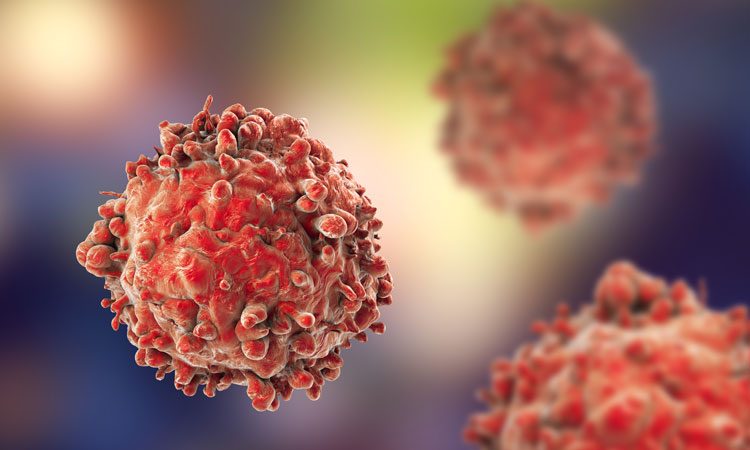Leukemia stem cells made visible to the immune system
Posted: 19 July 2019 | Drug Target Review | No comments yet
A new study may provide the basis for combating malignant leukemia stem cells.


Scientists have investigated why patients with acute myeloid leukemia (AML) often relapse after apparently successful treatment (due to leukemia stem cells surviving therapy).
The team of scientists from the Universities of Basel and Tübingen, the German Cancer Research Center (DKFZ), the Heidelberg Institute for Stem Cell Technology and Experimental Medicine (HI-STEM) and the German Cancer Consortium (DKTK) analysed the leukemia cells of 175 AML patients and found that the cancer stem cells suppress the NKG2D-L proteins on their surface.
These proteins enable the natural killer cells (NK cells) to recognise damaged and infected cells as well as cancer cells and kill them if necessary. In this way, the leukemia stem cells escape destruction by the immune system. Leukemia cells without stem cell properties, on the other hand, present these target molecules on their surface and are therefore kept in check by the NK cells.
The researchers showed that while the normal AML cells (without stem cell properties) were controlled by the NK cells, the NKG2D-L-negative leukemia stem cells escaped them.
“An essential mechanism of this immune resistance in leukemia stem cells is apparently the suppression of danger signals such as NKG2D-L on the cell surface,” said Helmut Salih from the University Hospital of Tübingen and the German Cancer Consortium DKTK.
The scientists noticed that leukemia stem cells produce a particularly high amount of PARP1, an enzyme that apparently blocks NKG2D-L production. Preclinical experiments with mice showed that PARP1 plays an important role in immune escape: If these animals were treated with drugs that inhibit PARP1, the leukemia stem cells again expressed NKG2D-L on their surface – and were then recognised and eliminated by NK cells.
“Our results show how cancer stem cells cleverly trick the immune system. The elucidation of the underlying mechanism now makes it possible to counterattack,” added Andreas Trumpp, German Cancer Research Center and HI-STEM.
The results provide the basis for the possibility of combating malignant leukemia stem cells by combining PARP inhibitors with active NK cells. The scientists involved are now planning to evaluate this approach in a clinical study.
The study was published in the journal, Nature.
Related topics
Enzymes, Protein, Stem Cells
Related conditions
acute myeloid leukemia (AML)
Related organisations
German Cancer Consortium (DKTK), German Cancer Research Center (DKFZ), Heidelberg Institute for Stem Cell Technology and Experimental Medicine (HI-STEM), University of Basel, University of Tübingen (ZBIT)
Related people
Andreas Trumpp, Helmut Salih








